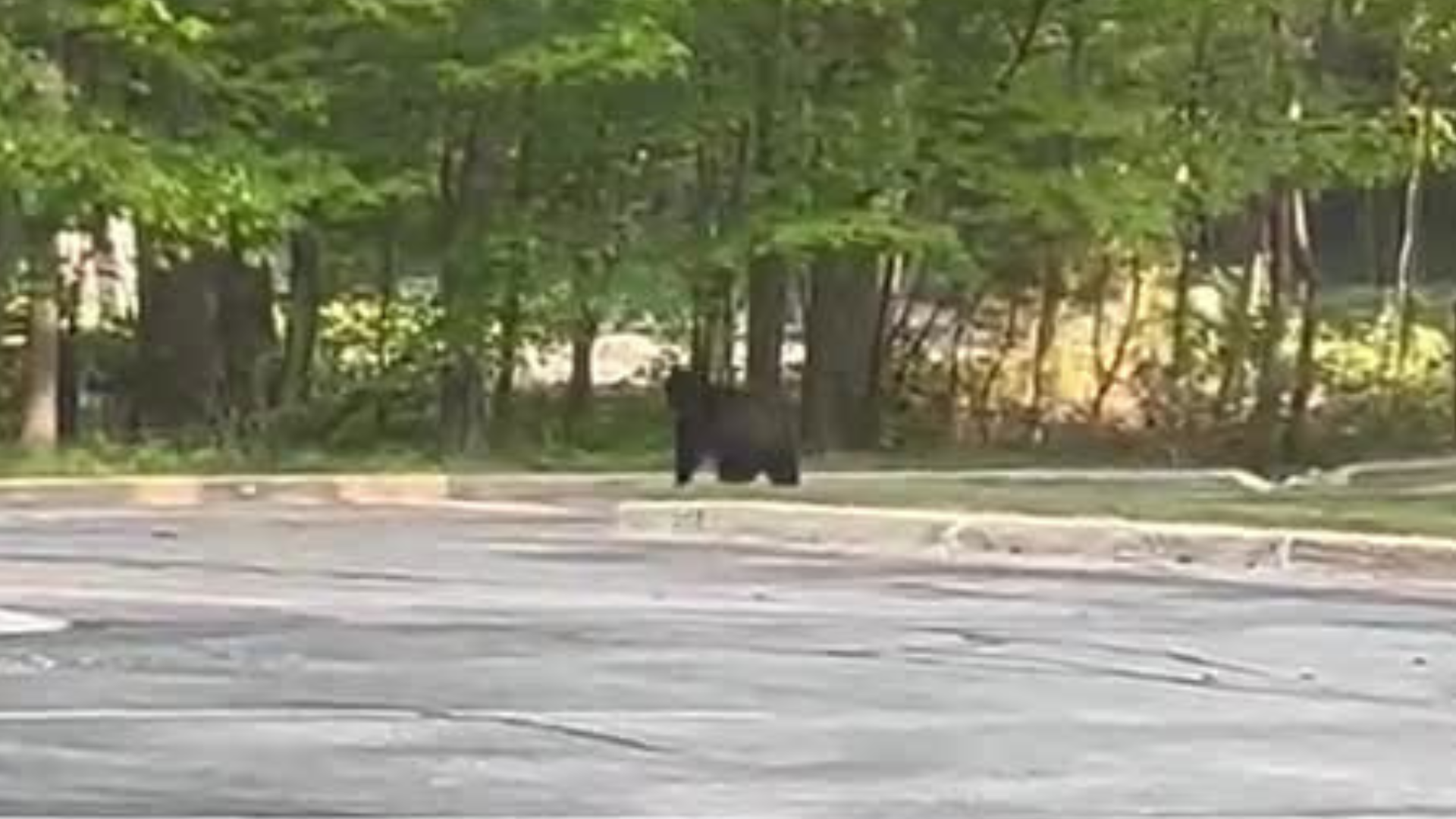

Bars and restaurants were just days away from reopening with expanded service this Sunday. But now that’s been put on ice – shut down with the discovery that the state quietly expanded the epidemic order limiting dining room capacity for five more weeks.
John McGee is the co-owner of McGee’s, Harrington’s By the Bay, and Sorellina restaurants. To say he’s not happy may be an understatement. McGee is skeptical – and thinks the state adding an extension of restaurant restrictions is backhanded and not driven by the numbers and the data, which shows a trending decline in COVID-positive rates in northern Michigan. “There aren’t any words. Honestly.”
A February first order set 25 % capacity for bars and restaurants – and was due to expire this weekend. But just three days later, , and within that MDHHS order, also quietly added for restaurants. It went unnoticed by virtually everyone until recently. But news spread late Wednesday and John’s text messages blew up. “Disbelief. I thought it was a joke. Obviously they had it already decided. Because they didn’t wait for numbers reports.”
“It was a lot of disbelief that it wasn’t announced when they announced the public sports. It was thrown in … quietly. In the order. My first thought was, wow, I expect this from Washington D.C. but not in my own state.” The announcement of the order referencing sports does not include a reference to restaurants. However clicking on a second link to reveals the new information.
McGee says it’s nice to be operating at 25% capacity, but it’s not enough. “25% just doesn’t cut it. It’s just… it’s something.” He says restaurants have proven they can deal with restrictions, and also with the scrutiny of taking extra precautions. “We already deal with invisible bacteria. We’re already held to certain standards. Now we wipe chairs down. Now we wipe the salt and pepper shakers, (they) are all sanitized.”
He says the numbers don’t justify the pain the restrictions are causing. In 2020, McGee says, “We had three cases in four buildings. So there’s your science. There’s actual numbers and it’s frustrating.” He adds, “We were hoping to go back to 50% (capacity) because the numbers have been going down. Everybody can go online and read those.”
Neither the Governor or MDHHS officials talked about the extension, and that has restaurant owners and employers like McGee sizzling mad for his employees. “In 2019, my payroll exceeded $4.1 (M) dollars. And there’s a lot of families that rely on the decisions we make on a daily basis… When that’s stripped from you, well…” McGee just throws up his hands.
Kirstie Sieloff is the Director of Government Relations for Traverse Connect and the Northern Michigan Chamber Alliance. She says the organizations she represents weren’t told about the extended restrictions either. “We were disappointed to see that. We’re seeing this extension all the way through the end of March. That’s a long time for bars and restaurants to wait to hopefully continue reopening at a higher capacity. We were disappointed that despite our advocacy efforts to see that extended through March 29th.”
Sieloff says the restaurant industry deserves better communication. “We’re asking for clarity to a pathway for reopening and we want the same clarity when it comes to these MDHHS orders. We need to know about what happens next… and in order to do that we need to know what’s coming out. Overall I think all of us benefit when there’s greater communication and we know what’s coming.”
The Michigan Restaurant and Lodging Association wants clear guidelines – metrics to follow for what it takes to reopen. “Their proposed plan includes trying to reopen based on the COVID percent positive rate. We are calling for pathway to reopening for our bars and restaurants. It’s hard to run a business without COVID. COVID adds another layer of complexity and all we want is to be able to tell our bars and restaurants what the future looks like for them.”
“Part of that is offering metrics. That’s what the MRLA plan does,” says Sieloff. “By tying reopening to the percent positive rate they’re offering some sense of security for the future. So that we can all take part and ownership in the reopening process.”
The MRLA plan also calls for vaccines for food industry workers and getting them in line with essential workers. The Chamber Alliance advocates for all of its partners. “We are looking forward to getting all of our essential workers vaccinated. We know we’re only going to be out of the woods from the pandemic when our communities are vaccinated.”
McGee says he recently traveled south and visited Florida, and it’s hard to see other places operating under different rules. “The frustration for me is we’re in the same country. We’re in the United States. There’s other parts of the country living a normal life. But not an entire industry, in a state when your neighboring states are virtually acting as life is normal.”
Unlike a menu where you at least have some idea of what’s in front of you, John McGee says one of the problems is it seems like the regulations are always changing “We never know what the Governor and her team are going to do. That’s quite evident. We read the numbers and see the numbers so we think it’s going in the right direction.”
For now restaurants must still limit capacity to 25%. And that restriction is extended until March 29. “We’re going to have to cut back on some staffing in the back of the house and front of the house. The old adage is that ‘failing to plan is planning to fail.’ This is why, the perfect circumstance of how and why our industry is losing employees. Because there is uncertainty. There isn’t a way to plan. So they’re going to other sectors and we’re losing good people.”


© 2023 - 910 Media Group


